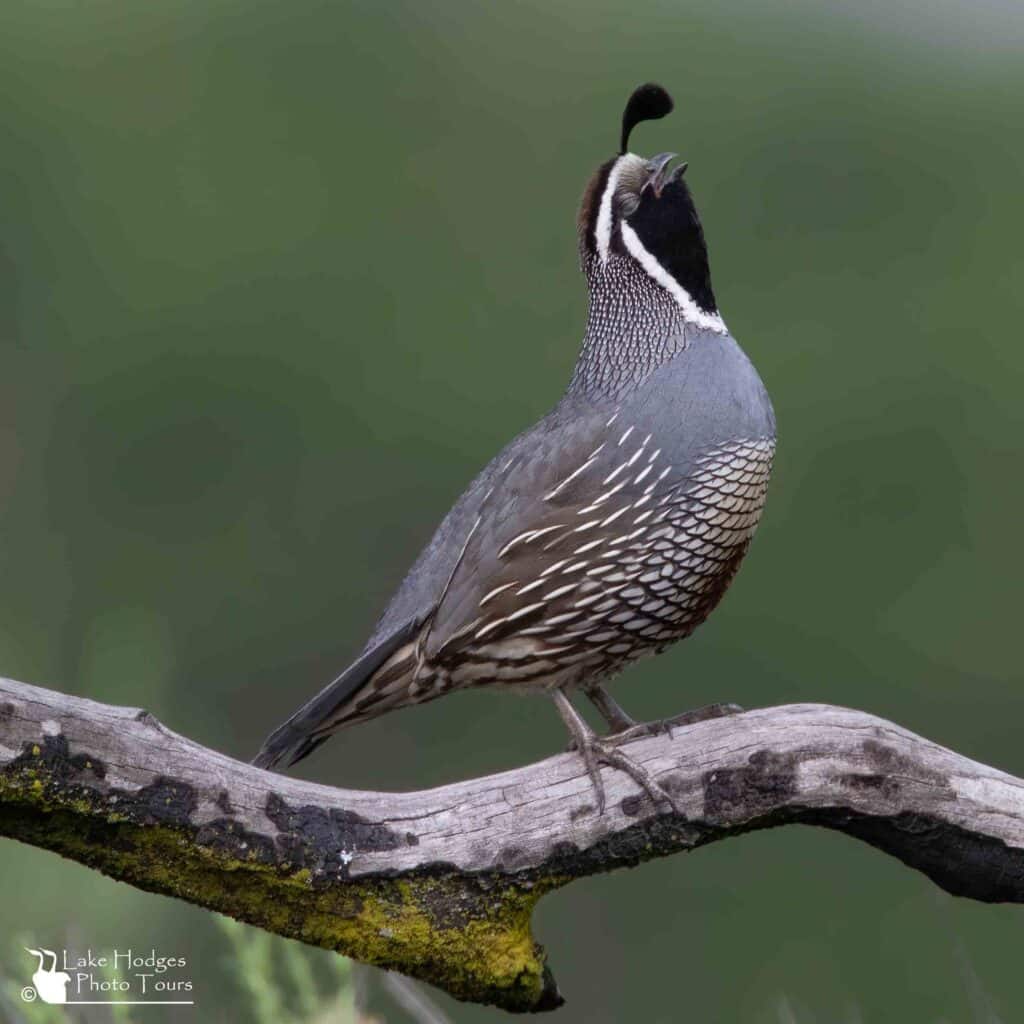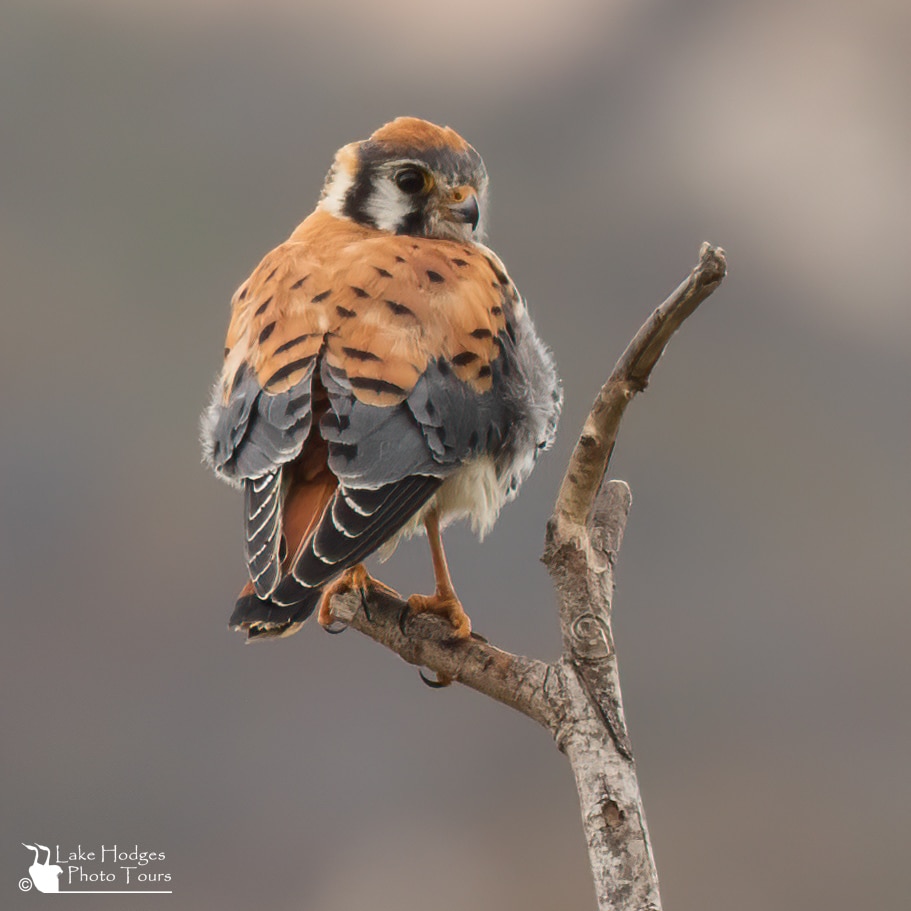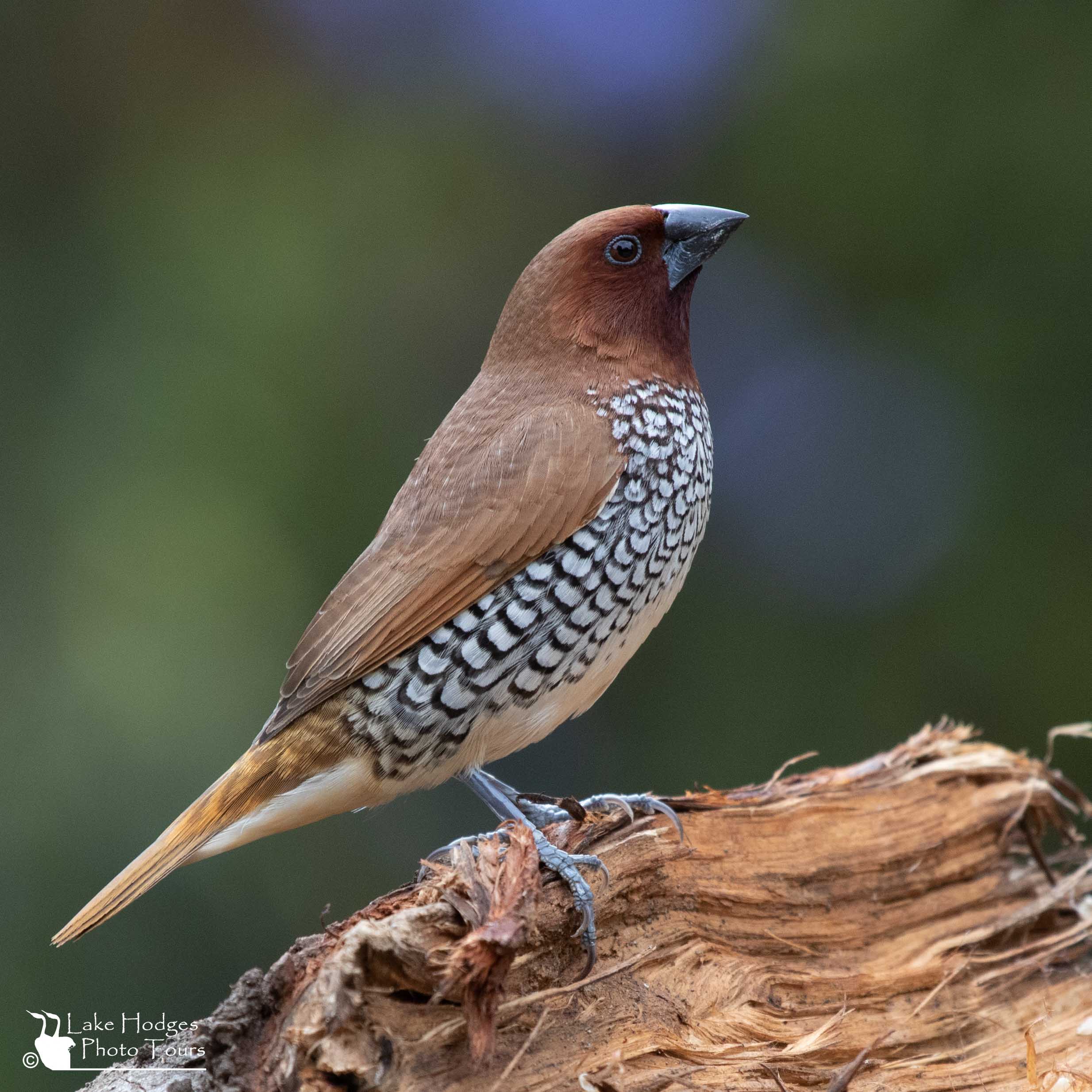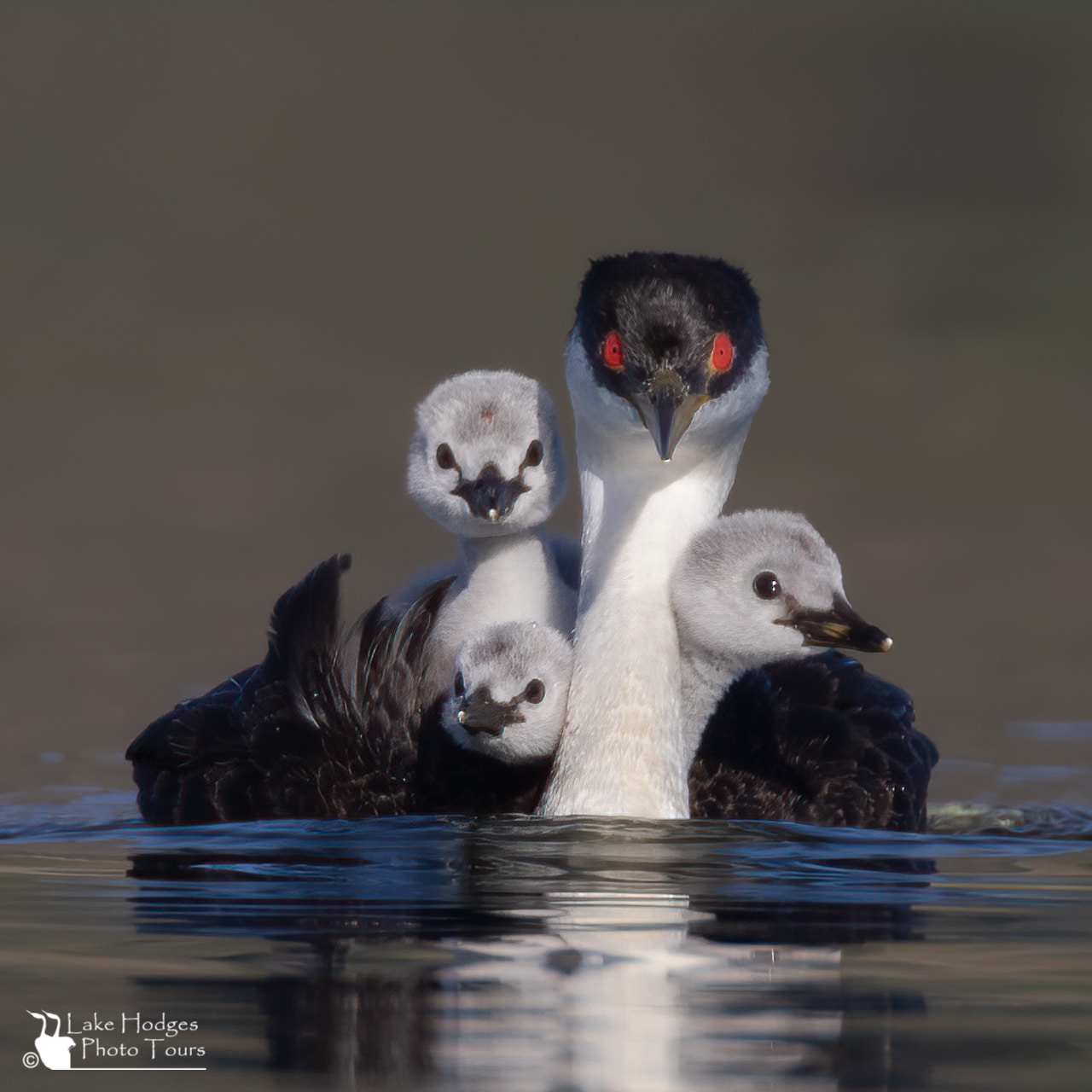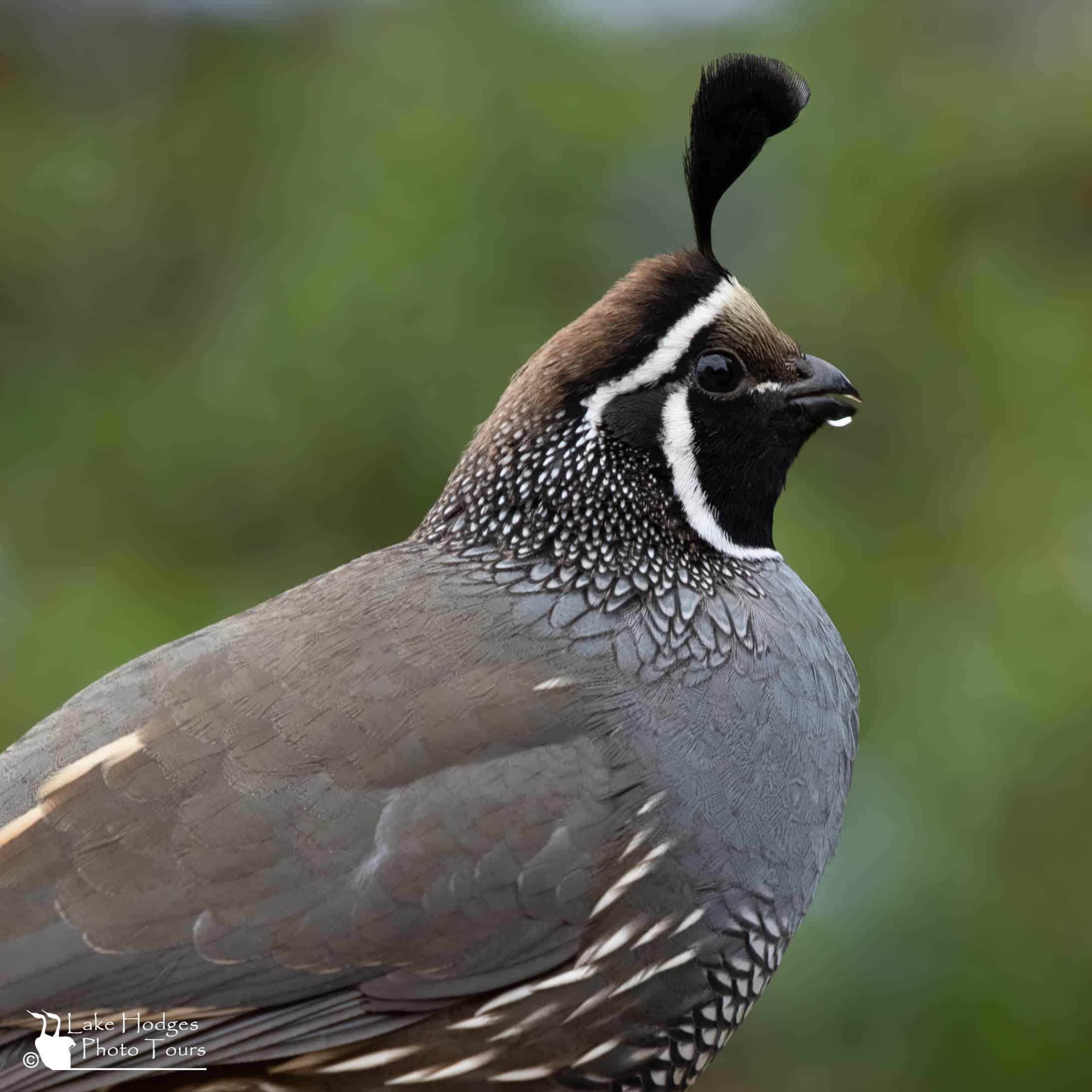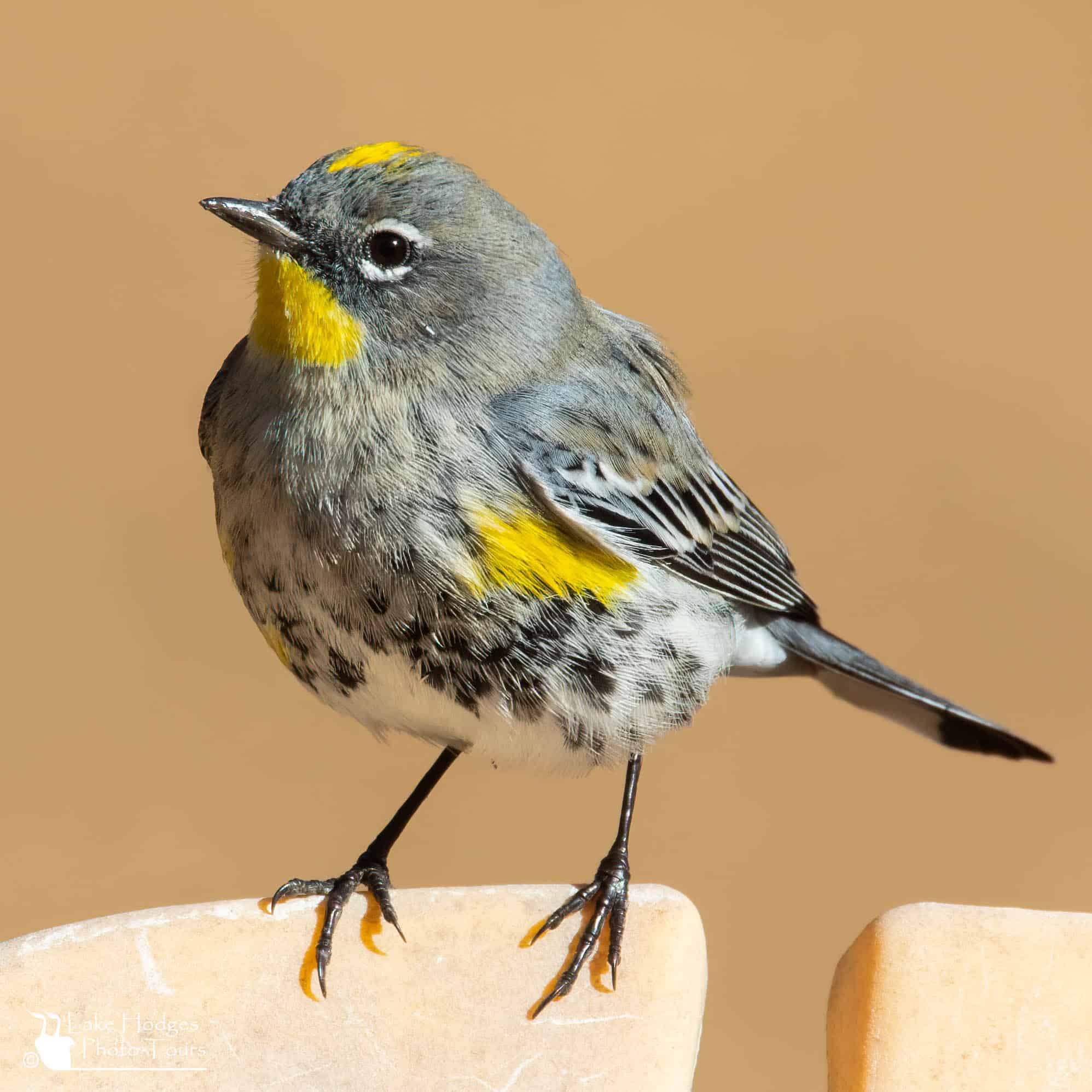Grebe Chicks!
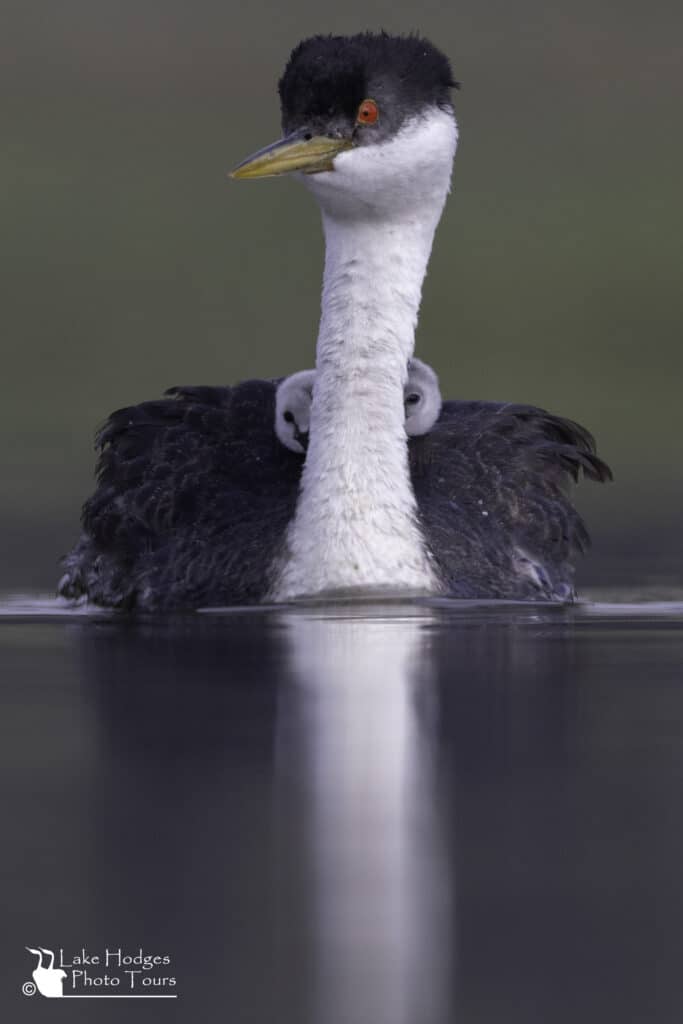
As you probably already know I’ve been pushing the City for nesting platforms for our Grebes in anticipation of water fluctuations when the new Dam is built and the pump station goes back into operation – MANY years away…. But in the back of my mind I’ve always hoped that sometime in the interim, if at all, there may be enough vegetation growth at the current level to sustain a nesting Grebe colony.
Well, this winter, far earlier than I expected, grasses at the East End started growing and the conditions presented themselves. I’ve been watching the colony for just over a month and at the peak counted as many as 80 nests with eggs. Having contacted the City, there were no plans to drop or raise the water significantly any time soon. The first chick appeared last Friday.
The conditions have been classic springtime. An hour or two of soft studio light followed by an hour or two of sunny, glassy water – in a nutshell, perfect.
I’ve been documenting the whole event from courtship and nest building, to hatching and riding parents backs. Here are a selection of videos and stills.
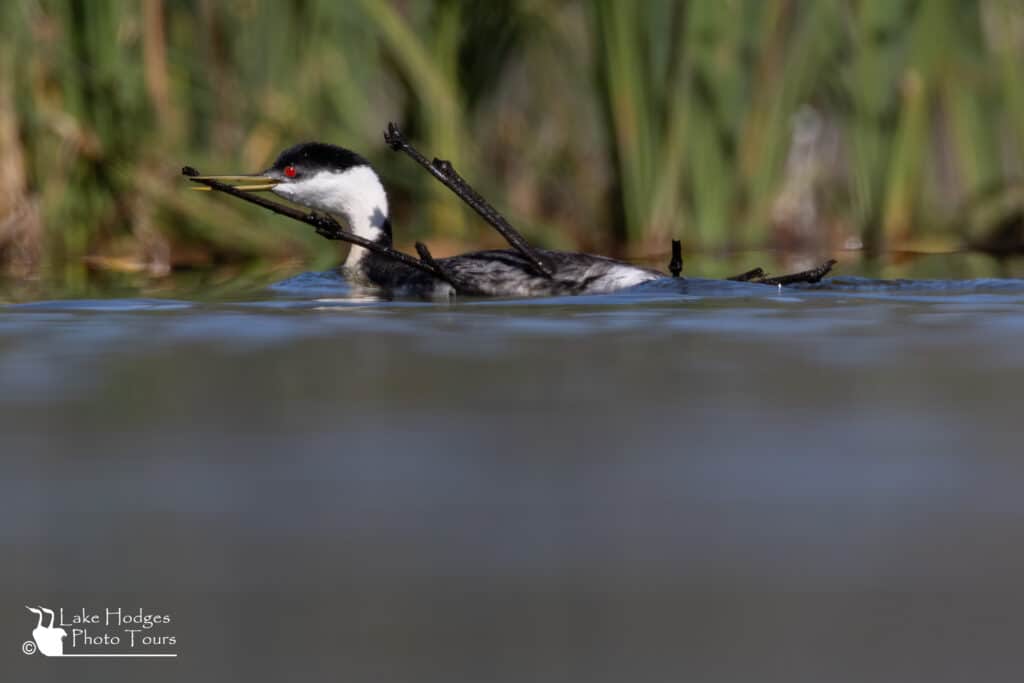
Before the eggs can be laid the nest must be built!
Working hard since there’s not much time. Who knows how long the water level and nesting conditions will prevail.
Before the nest is completed, the parents will copulate regularly. A little hanky panky to insure there are fertile eggs. 🙂
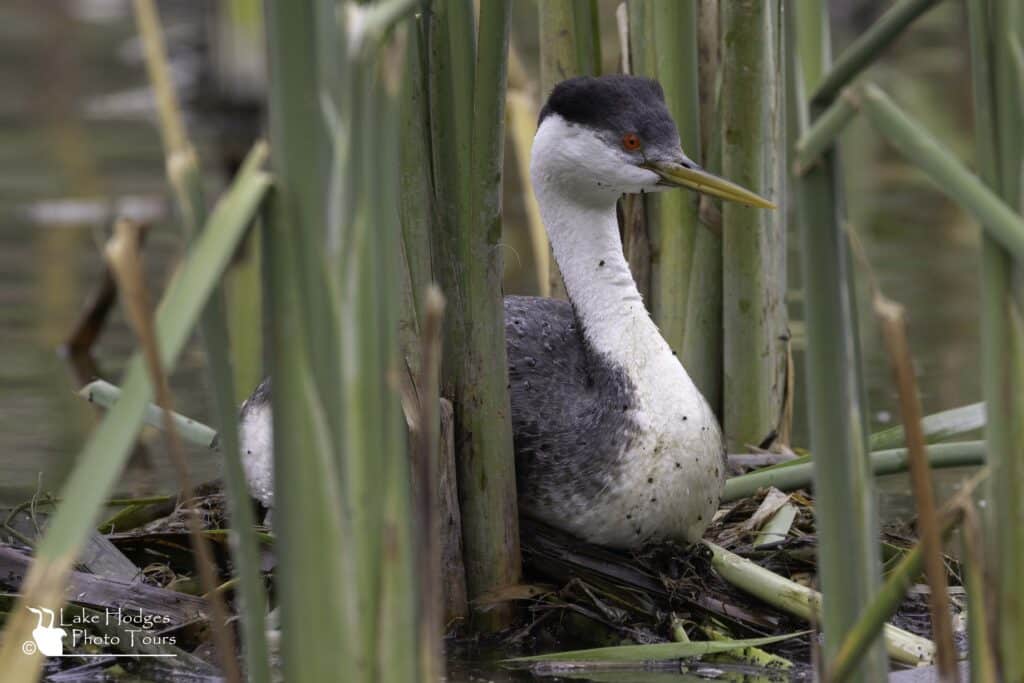
After the eggs are laid, the male and female take turns at incubation, which is approximately 23 days.
There are often heated exchanges between Grebes as they nest so closely together.

After 2 chicks had already hatched, this industrious couple still had a third egg to incubate. Nest adjustments still need to be made even when one of the chicks is hanging on the back of a parent.
While incubating this third egg, this male Western Grebe was happily preening but forgot that he now has a chick on board. 🙂
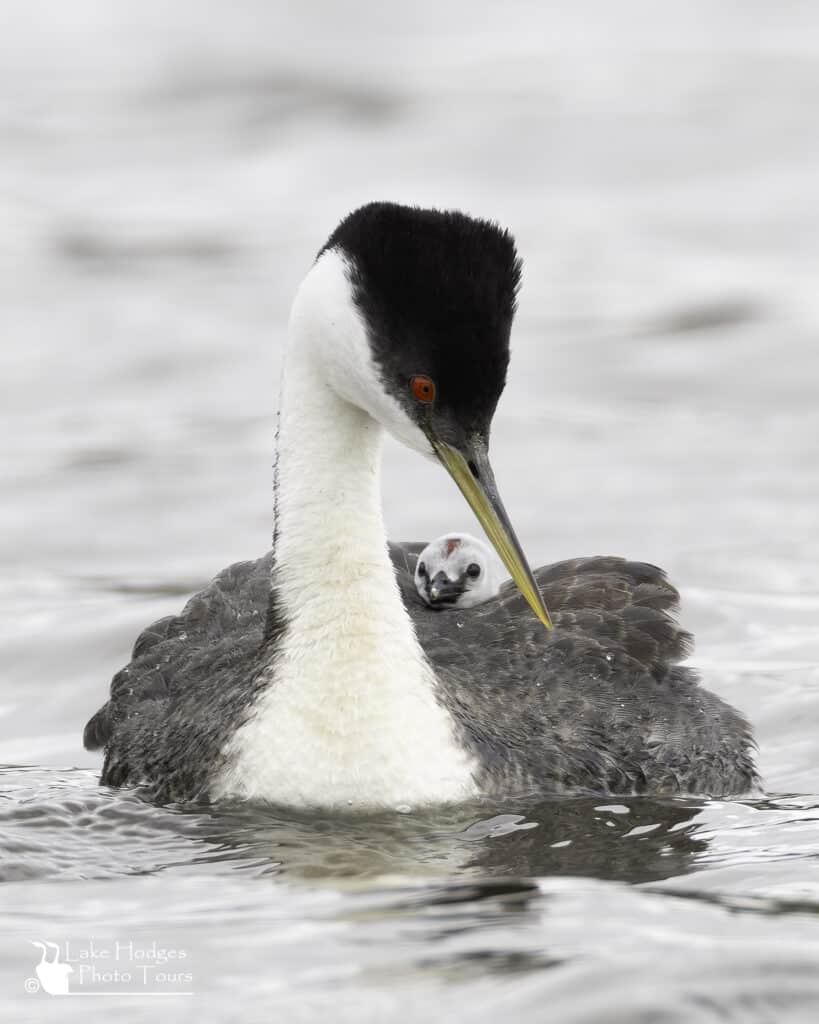
Finally, after approximately 23 days, the parents leave the nest and head away from the colony. When the chicks initially hatch they have a small area on top of their head devoid of feathers. When particularly active, this small area of skin turns a shade of pink. As the weeks go by the feathers fill in. The pink patch is often a good way to determine the approximate age of the chick.
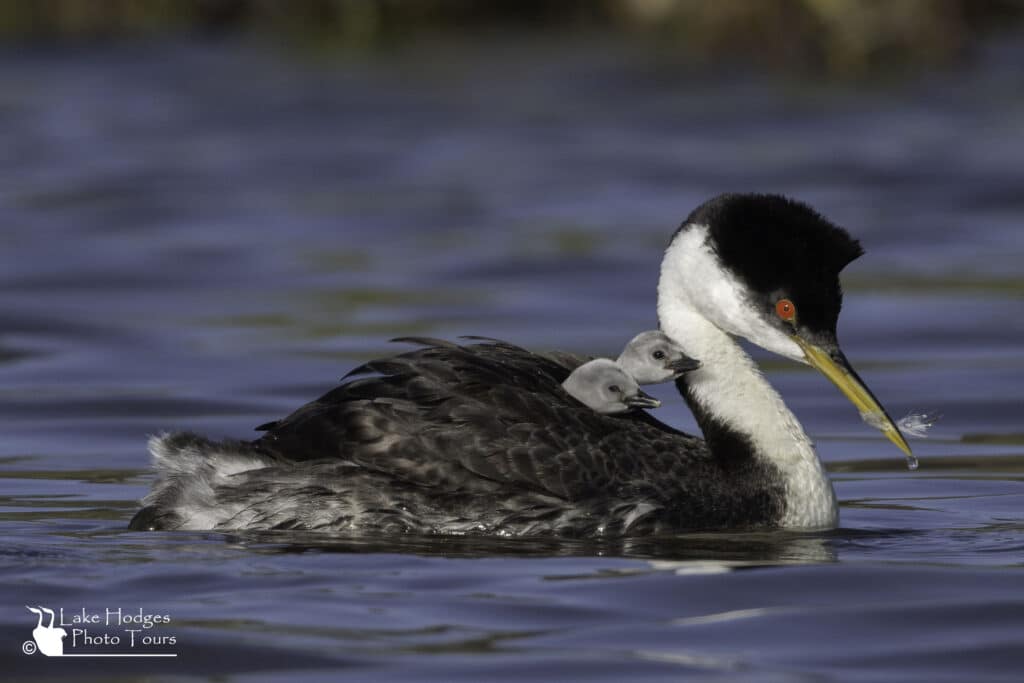
For the first couple of weeks the parents feed the chicks fish and also feathers. The exact reason for the feathers is unknown, but they may supply added nutrition and / or help with digesting fish
Some feather passes are more succesful than others…
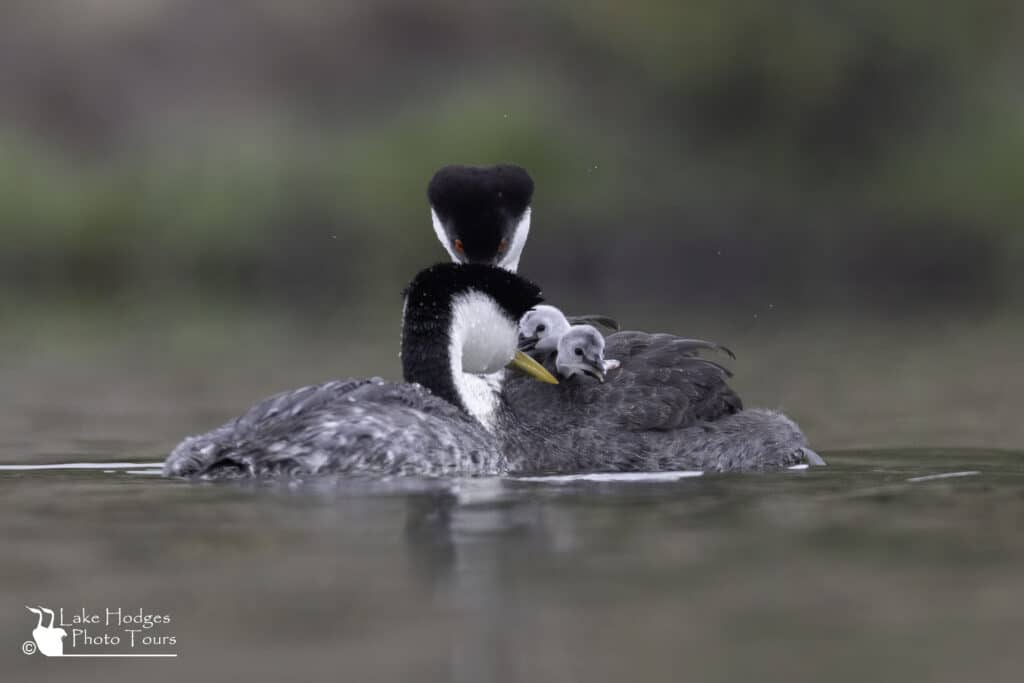
And here this chick being fed one of its first ever meals 🙂
It seems the fish can be slippery at times….
More updates to come.
Please contact me directly by email me if interested in heading out on the Lake for any photography or videography. The Lake only has limited days open for boating.
Feel free to share on your preferred Social Media, and subscribe at the foot of this page.

